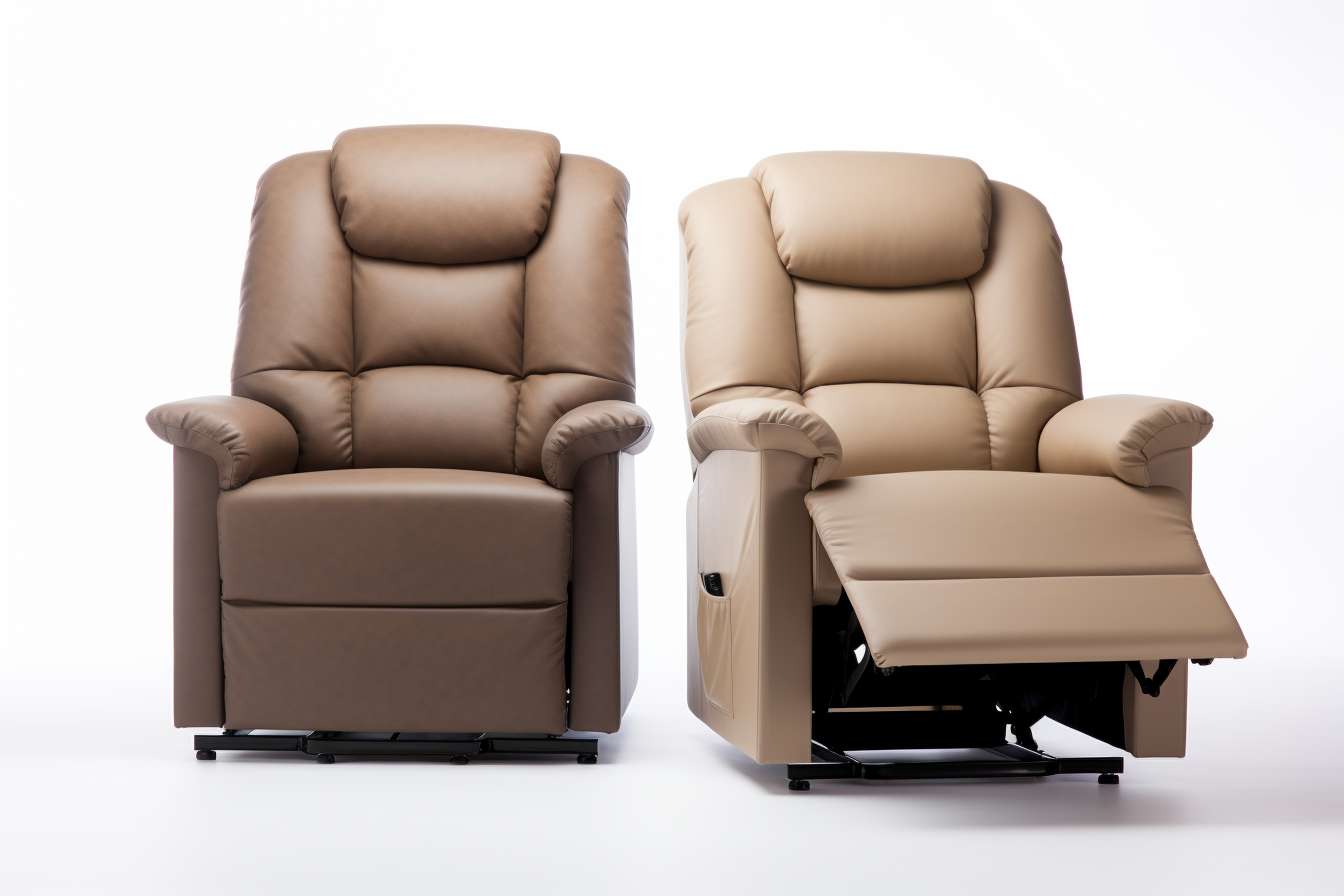Recliner Chairs: Comfort and Function for the Living Room
Recliner chairs are a common piece of household furniture that mixes seating support with adjustable positions for relaxation and daily tasks. They range from simple manually reclining seats to electrically powered units with multiple settings, offering a variety of fabrics, cushions, and frames. For many households, a recliner becomes a focal seating option in the living room because it balances ergonomic support, personal comfort, and versatile use. Choosing the right recliner involves thinking about available space, intended use, build quality, and how the piece interacts with existing furniture and décor.

What is a recliner and how does it work?
A recliner is a seat with a backrest that tilts backward and often includes a footrest that extends to support the legs. Mechanisms vary: manual levers or push-back designs rely on physical force, while power recliners use motors and remote controls. Some models include swivel bases, rocking functions, or lift assistance for users with mobility needs. The core benefit of a recliner is its adaptability—different positions can reduce pressure on the spine and provide a personalized seating posture. Understanding the mechanism helps predict longevity and maintenance needs.
How to select a chair style for your space?
When selecting a chair, consider scale, style, and traffic flow. Measure the living room footprint and account for recline clearance behind and in front of the seat. Match the chair’s aesthetic—modern, transitional, or traditional—to surrounding furniture to maintain visual cohesion. Upholstery choice (leather, fabric, microfiber) affects the look and durability. Test seat depth and arm height for personal fit; a chair that looks right may still be uncomfortable if proportions don’t suit the user. Balance style with practical features like stain-resistant textiles if you have pets or children.
How does recliner furniture fit in a living room?
Recliner furniture can anchor a seating layout or complement a sofa and loveseat group. Place a recliner where it won’t block pathways and where it has the necessary clearance to fully extend. Consider sightlines to the television or focal points such as a fireplace; a recliner intended for TV viewing should align with the screen to avoid neck strain. Use area rugs, side tables, or lighting to integrate the recliner into the room’s arrangement without making the space feel lopsided. Scale and symmetry are useful guides when combining recliners with other pieces.
How to prioritize comfort and support?
Comfort in a recliner comes from a combination of cushion density, lumbar support, and seat depth. Medium-firm cushions tend to offer longer-term support than very soft fillings, which can compress over time. Look for models with defined lumbar contours or adjustable headrests to maintain neutral spine alignment. For extended sitting, consider a footrest that fully supports the legs and promotes circulation. If multiple people will use the recliner, test the chair in person if possible; what’s comfortable for one person may not be for another.
What materials and mechanisms matter in a recliner?
Frame construction, padding materials, and upholstery determine durability and feel. Hardwood frames and reinforced joints are more durable than cheap composites. High-resilience foam or layered fiber wraps improve cushion recovery and comfort. Upholstery choices affect maintenance: leather can be durable and easier to wipe clean, while performance fabrics resist stains and wear. Mechanisms—whether manual, power, or lift—affect convenience and serviceability. Power mechanisms add electrical components that may need occasional servicing, while manual designs typically have fewer repair points.
How to maintain and care for recliner chairs?
Routine care extends a recliner’s life: vacuum crevices to remove dust, follow manufacturer cleaning instructions for upholstery, and tighten visible screws or bolts periodically. For leather, use appropriate cleaners and conditioners to prevent drying and cracking; fabric covers may benefit from spot-cleaning and professional cleaning when needed. For power recliners, check cords and controls for wear and keep mechanical parts free of lint. If a recliner has removable covers, washing according to labels can refresh the piece. Proper placement away from direct sunlight and heat sources also helps prevent premature fading or material breakdown.
A recliner chair can be a functional addition to living room furniture when chosen with attention to ergonomics, materials, and room layout. Matching scale and style to existing pieces, evaluating mechanisms and upholstery, and following routine care guidelines will help ensure the chair provides reliable comfort and fits the way you use your space.






